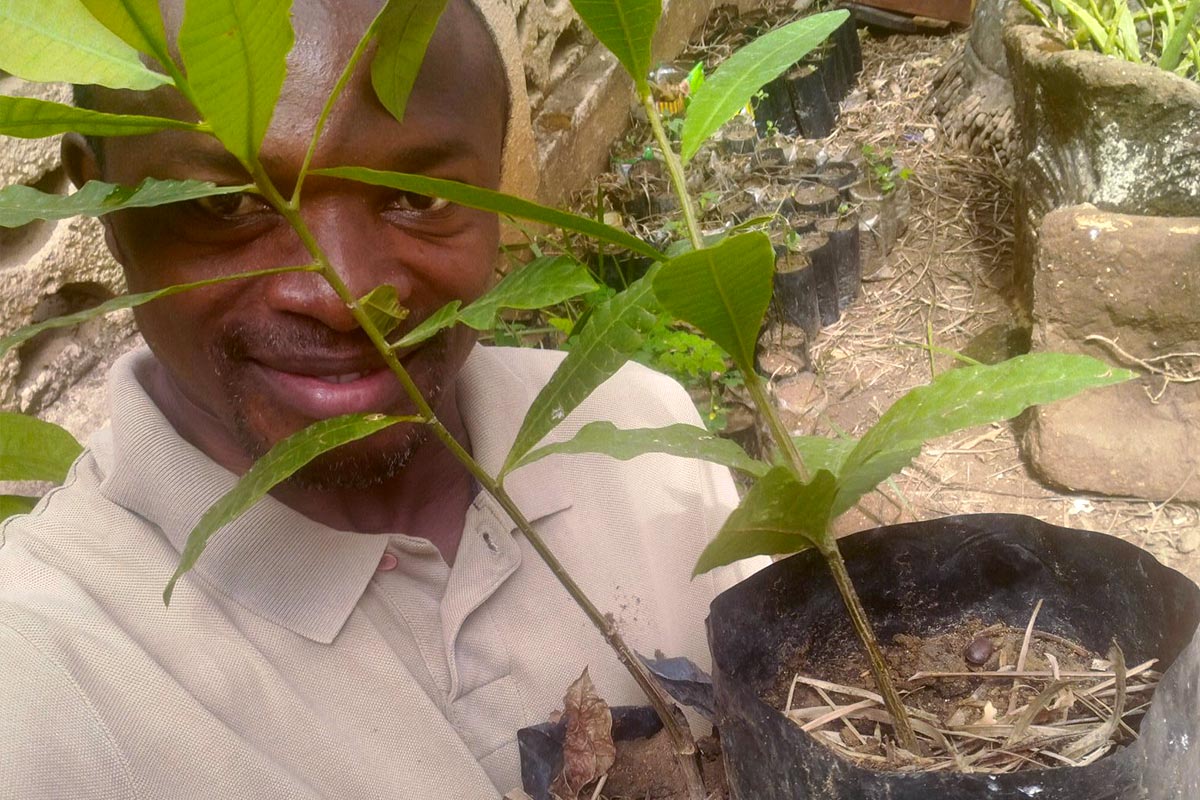In cities around the world, air pollution is a major problem.
55% of the global population already live in urban areas, a proportion that is projected to rise to 68% by 2050. This will lead to increased demand for vehicles, factories and other pollutants. The need to improve air quality in cities is urgent.
The Nature Conservancy in a report titled Planting Healthy Air, explains that the most damaging air pollutant in most cities is particulate matter, which is deeply inhaled into the lungs leading to an estimated three million deaths annually.
Particulate matter is microscopic particles that become trapped in the lungs of people breathing polluted air.
A green recovery
As authorities look for solutions for safer and more liveable cities, journalist and chief of partnerships at the Centre for International Forestry Research (CIFOR) and World Agroforestry (ICRAF), Cathy Watson, suggests tree planting is a simple, cost-effective solution.
“Trees are probably the best public health intervention that you can do for any city because they allow people to just be out there and relax, mitigate disasters, reduce temperatures and also baffling city noise,” she said.
COVID-19 restrictions led to a temporary reduction in pollution levels globally. Different stakeholders have as a result called for governments to make recovery from the pandemic as sustainable and resilient as possible. As part of this trend, Cathy says it is encouraging to note that the whole world now realizes the importance of trees and efforts to plant them in large numbers have been stepped up.
In her recent article for Thompson Reuters Foundation news, Cathy reported how COVID-19 had triggered a positive change in Kenya. During lockdown, she wrote, the government almost doubled usable green space in the capital, Nairobi, created hundreds of green jobs, invited the public to plant roundabouts, and called for “optimal urban forest cover” in its draft Forestry Act.
Urban green space includes street trees, schoolyards, roadside vegetation, parks, playgrounds, green corridors and urban woods.
Trees tell the inequality story
While the health and social benefits of green space in cities are proven, including heightened immune function and less respiratory disease, tree cover in many African cities is not only wanting but also reveals inequality, highlighting the margins between the rich and the poor.
“Richer urban communities are greener with lots of trees around, yet poor neighbourhoods do not have such privileges and this also has an impact on the health of people in these places,” Cathy said.
The World Health Organization recommends that urban green spaces be planned and designed with the local communities and the intended users. This ensures that all green space interventions serve the needs of the communities – especially in deprived areas.
At a time when many African cities are flooded, trees can help reduce runoff water and subsequently prevent or reduce flooding while also reducing the risk of landslides.
“With better forest and trees in the landscapes, groundwater is well maintained and also we have much more stable river flows,” explained Cathy, adding that trees bind and anchor soil, holding the soil’s profile and keeping the trees in place, therefore enabling water to sink into the ground.
Even as governments and stakeholders seek ways to maintain the environmental boon that COVID-19 lockdowns have provided, Cathy believes journalists too have a role to play in creating a greener, cleaner world.
“Do not just be an antagonist journalist, be a supportive one too, get copies of your forest act, your agriculture act and get to understand the policies so you help the government in pushing for realization of the same,” she said.








